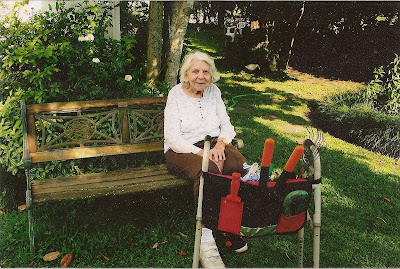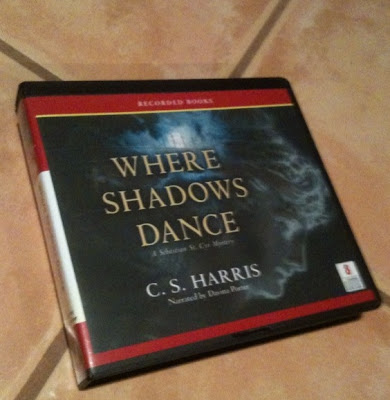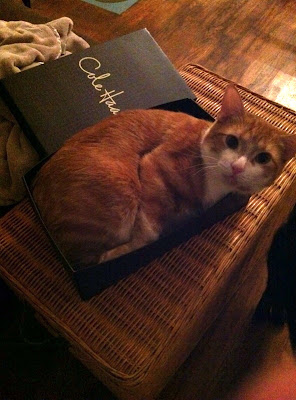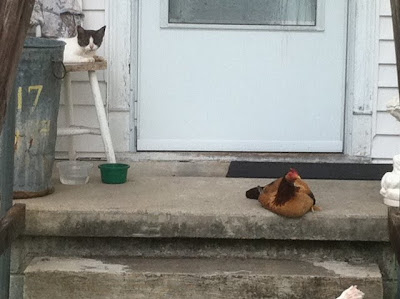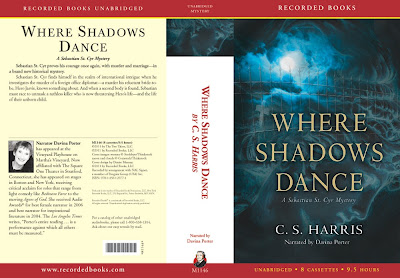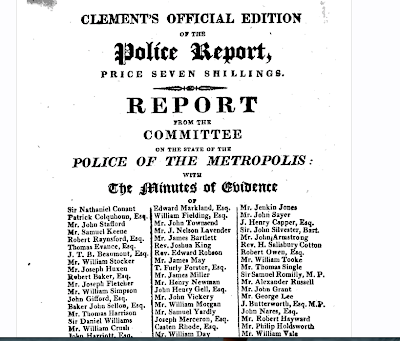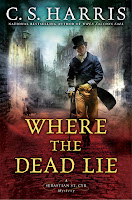A reader commented recently about how much she hates the cover of
What Remains of Heaven (Not as much as I do, believe me, Elaine!). So while we're waiting for my editor to give permission for me to post the new cover of
When Maidens Mourn, I thought it might be fun to review the covers of the other books in the Sebastian series.

My publisher nicely asked for my input before the cover conference for
What Angels Fear, and I suggested a funerary statue of an angel, perhaps with a church in the background. I was totally wowed by what they produced. It's classy, evocative, and moody, and I particularly like the scattering of red rose petals, which adds punch and gives the effect of drops of blood. I also think putting the title in a plaque on the iron fence was a clever touch, although it is a bit hard to read from a distance. But the book didn't sell as well as NAL hoped, so the powers that be decided to change the cover look.

When they asked for my input this time, I suggested using the image of the necklace that plays such a large part in the book. Needless to say, they ignored me. The first attempt at a cover for
When Gods Die was actually quite attractive and showed a caped man on a murky street looking at a carriage. But the carriage was a hansom cab. I said, "You can't do that! Hansom cabs didn't appear until 1834. My readers will think I'm an idiot." So they came up with Gods Cover #2, which was beyond hideous. Basically it looked like the aged Ghost of Christmases Past leaning on a cane in front of the Brighton Pavilion, with a very spindly font used for the writing. I shrieked and made a bunch of suggestions for improvements, very few of which they listened to, with the exception of changing the font and making the male figure at least look more Regency-ish, although they also made both the figure and the Pavilion recede far into the distance (and the figure seems to float, ghost-like). The entire effect was simply weird, and ugly, and frankly I could have cried. About the only thing I like about the final
Gods cover is the blue, and that burned effect around the edges. Otherwise it makes me want to throw things every time I see it.

I love the
Mermaids cover. I even have a huge blown up copy hanging on the wall over my desk (along with the
Angels cover). I think it's stunning, and mysterious, and wonderfully captures the mood of the book. I said, "Great! Can we do the next one like this? You know, get a look going to brand the series?"
Well...

Yup, that's a hansom cab. Did I complain? Nope. The image is striking, and it evokes a spirit of action and danger, which is good. The orange coloring is also unusual. This is my third favorite cover.
And then came...

Eeek! Except, as bad as this is, it was even worse at first. Oh, how I wish I could show you the original version. In Heaven #1, the woman (who
is this woman, anyway?) was dressed in a white petticoat and a corset that laced up the back and showed her flesh beneath. And they had this weird lighting effect, so that it looked like she was being chased by sparkling lights. I am not making this up. Basically, it looked like a paranormal gothic erotic young adult novel, or, in the memorable words of my agent, "like Sarah Jessica Parker being chased up the stairs by a ghost." I wanted them to cut Sarah off at the waist; they compromised and cut off a bit of her head. They also added sleeves, got rid of the laced open back, and made it look like she was wearing a dress by coloring it peachy-pink. (I wanted something dramatic like red, but peach was better than her underwear.) They refused to put shoes on her feet, but they did get rid of the twinkling ghostlights, and they added the skull down in the corner, although not as noticeably as I'd have liked. I still hate it, hate it, hate it. It looks silly, and is so totally wrong for this book. It's just embarrassing. I said, Please, can we have something grown up for the next book?
No.

I like the right half of this cover, with the man coming out of the mist and the looming statues. I HATE the woman. And this is the second version. In Shadows #1, she's wearing a dress with nipped in waist and a hoop skirt, as in 1860. And this was after I sent the art department literally dozens of pictures of Regency dresses. They sort of fixed the silhouette, but they still didn't get it right (the waist on the back of the jacket should be much higher), and she still reminds me of a sorority sister dressed up as Scarlett O'Hara for a rush party; she's too modern and photorealistic. And interestingly enough, if you compare this image to the one that they used on the cover, you'll see that somewhere between this version (which is what I have on my website) and the production of the book, some clever person nipped in the waist again. Sigh. Why did they do that?
So, let me hear what you think! Which is
your favorite cover? What sort of images do you think would be best for the series? And maybe, someday, I'll get permission to post the new cover. I just heard back from my editor, and she said it could be months before all the permissions have been cleared. Why? Who knows.





